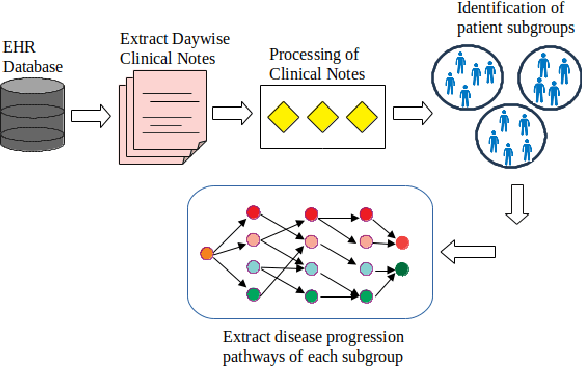Sudeshna Jana
StayLTC: A Cost-Effective Multimodal Framework for Hospital Length of Stay Forecasting
Apr 08, 2025Abstract:Accurate prediction of Length of Stay (LOS) in hospitals is crucial for improving healthcare services, resource management, and cost efficiency. This paper presents StayLTC, a multimodal deep learning framework developed to forecast real-time hospital LOS using Liquid Time-Constant Networks (LTCs). LTCs, with their continuous-time recurrent dynamics, are evaluated against traditional models using structured data from Electronic Health Records (EHRs) and clinical notes. Our evaluation, conducted on the MIMIC-III dataset, demonstrated that LTCs significantly outperform most of the other time series models, offering enhanced accuracy, robustness, and efficiency in resource utilization. Additionally, LTCs demonstrate a comparable performance in LOS prediction compared to time series large language models, while requiring significantly less computational power and memory, underscoring their potential to advance Natural Language Processing (NLP) tasks in healthcare.
Mapping Patient Trajectories: Understanding and Visualizing Sepsis Prognostic Pathways from Patients Clinical Narratives
Jul 20, 2024



Abstract:In recent years, healthcare professionals are increasingly emphasizing on personalized and evidence-based patient care through the exploration of prognostic pathways. To study this, structured clinical variables from Electronic Health Records (EHRs) data have traditionally been employed by many researchers. Presently, Natural Language Processing models have received great attention in clinical research which expanded the possibilities of using clinical narratives. In this paper, we propose a systematic methodology for developing sepsis prognostic pathways derived from clinical notes, focusing on diverse patient subgroups identified by exploring comorbidities associated with sepsis and generating explanations of these subgroups using SHAP. The extracted prognostic pathways of these subgroups provide valuable insights into the dynamic trajectories of sepsis severity over time. Visualizing these pathways sheds light on the likelihood and direction of disease progression across various contexts and reveals patterns and pivotal factors or biomarkers influencing the transition between sepsis stages, whether toward deterioration or improvement. This empowers healthcare providers to implement more personalized and effective healthcare strategies for individual patients.
 Add to Chrome
Add to Chrome Add to Firefox
Add to Firefox Add to Edge
Add to Edge